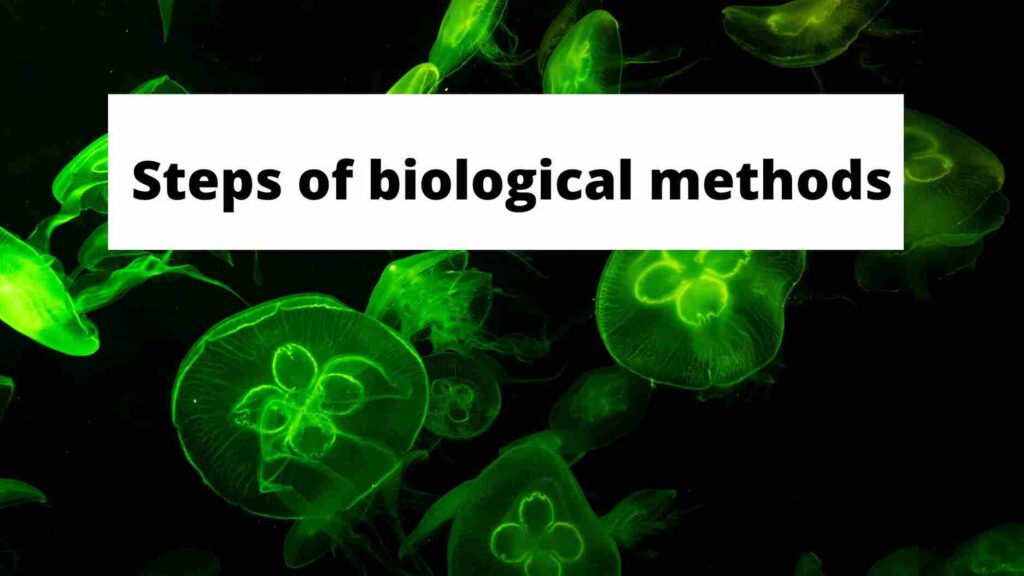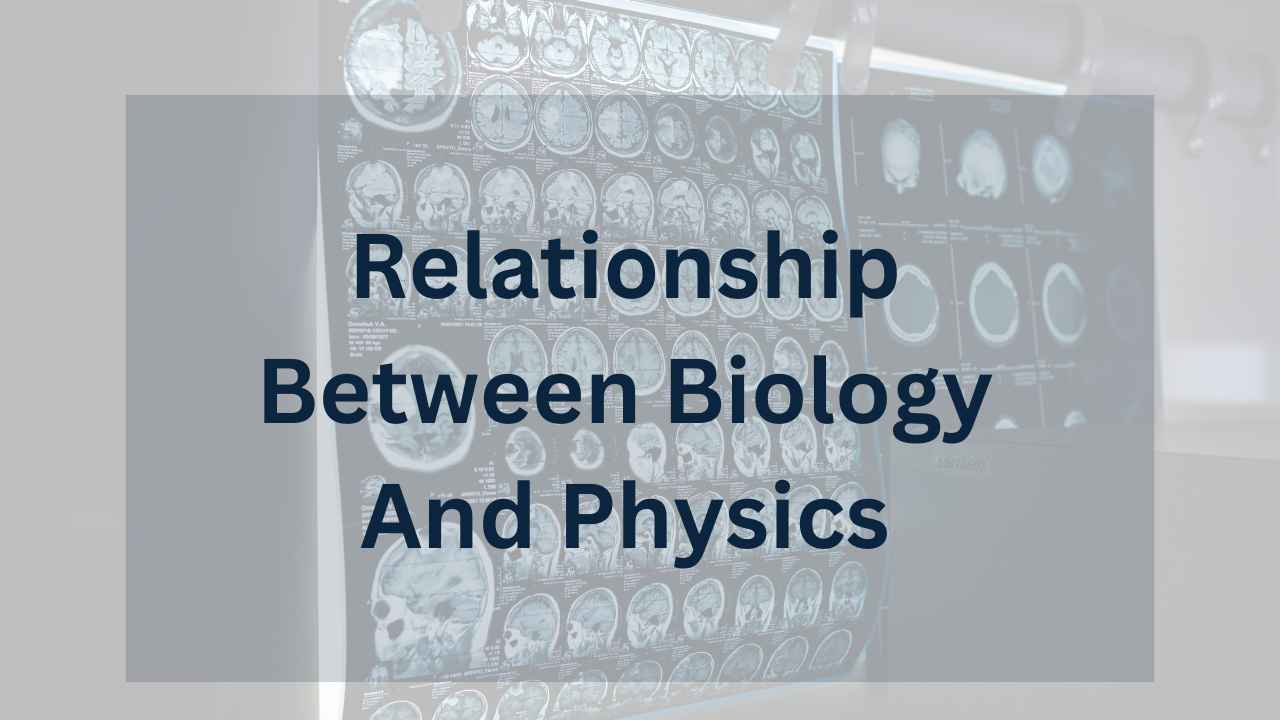Biological Methods-Step-By-Step Guide

The biological method is a systematic approach used in Biology to investigate and understand living organisms. It involves observation, hypothesis formulation, experimentation, data analysis, and drawing conclusions to generate new knowledge. It guides how to analyze data when you are solving a biological problem.
Steps of Scientific Method
Following steps are involved in scientific method while solving a biological problem:
1. Observation
Biological methods begin with observation. Observation is a statement that is based on something someone has seen, heard, or noticed. Observations are made with 5 senses, these are vision hearing smell test, and touch. Observations are of two types.
a) Quantitative Observations
Data is based on numerical and statistical attributes. Its variables are measurable like size volume etc. These are recorded in numbers. Thus Quantitative observations have accuracy over qualitative observations. These observations are based on analytical and numerical values.
b) Qualitative Observations
Its variables are not measurable like the color taste or smell. These observations are based on researchers’ sensory organs. It bases on the qualities of variables rather than the numerical values. Eg texture, taste.
2. Hypothesis
When scientists make observations, they come up with an idea that explains what they see. This idea is called a hypothesis.
A hypothesis is a statement that hasn’t been proven yet, but it’s something that scientists can test to see if it’s true.
Scientists collect data by making careful observations and writing down what they see. They use their experience and knowledge to come up with a hypothesis that can be tested to see if it’s correct.
There are two methods of forming a hypothesis. The hypothesis can be a result of..
- Deductive Reasoning
- Inductive Reasoning
Deductive Reasoning
Deductive reasoning moves from the general to the specific.
It involves drawing specific Conclusions from some general principles. Words if and then are frequently used in Deductive reasoning.
Example 1:
Premise 1: if we accept that all birds have wings
Premise 2: And sparrows are birds
Conclusion: Then sparrows have wings.
Example 2:
Premise 1: All mammals have hair.
Premise 2: Dolphins are mammals.
Conclusion: Therefore, dolphins have hair.
Inductive Reasoning
Inductive reasoning is reasoning from specific to general. It begins with a specific observation.
And leads to the formation of the general principles. For example
Example 1:
● I see fireflies in my backyard every summer
● Probably I will see fireflies this summer too.
● Thus it is concluded that fireflies come every summer.
Example 2:
I always sneeze after being around cats.
● I am around a cat.
● Therefore, I will most likely sneeze.
● Thus it is concluded that being around cats causes me to sneeze.
Other Ways to develop Hypothesis
Sometimes the scientist also use the other ways to form a hypothesis, these are
1. Intuition or imagination
2. Aesthetic preference
3. Religious or philosophical ideas
4. Comparison and analogy with other processes
5. Discovery of one thing while looking for some other things.
6. These ways also sometimes form the basis for a scientific hypothesis.
Then these hypotheses are tested rigorously
3. Testing of Hypothesis and Formation of theory
Theory
A theory is a strong hypothesis that has been tested and cannot be proven false. Scientists repeatedly test the hypothesis and try to find evidence that can disprove it. If the hypothesis withstands repeated testing and remains unfalsified, scientists gain more confidence in its validity.
When a hypothesis is extensively tested and supported by multiple experiments, it becomes a well-supported theory. A good theory also has the ability to make accurate predictions. It helps scientists understand how things work in the natural world.
A good theory is predictive. It has explanatory power. A good theory can also suggest a new Hypothesis. A Theory that can suggest a new hypothesis is called a productive theory.
Scientific Law
Law is uniform or constant in nature and it is virtually an irrefutable theory. The testing of the productive theory continues. Many scientists take it as a challenge. They have a skeptical approach. A Theory may survive this skeptical approach.
It is continuously supported by experimental evidence. Then this theory becomes a Scientific Law. Law remains uniform or constant in science. Laws are more general than Theories. They give answers to more complex queries.
For example Mendel’s Law Of Segregation.

 written by
written by 





Leave a Reply